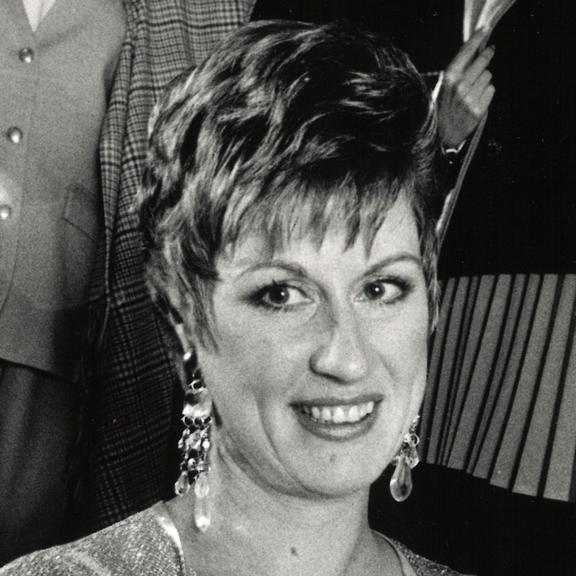Perri Cutten: A Timeless Legacy in Fashion
Remembering Perri Cutten: A trailblazing Australian fashion designer whose timeless elegance and...

 Search...
Search...
If you're currently arranging a funeral, here's a brief guide on every term you'll likely encounter. It'll help you stay informed and make well-informed decisions.
The person in charge of managing the estate of a loved one who has passed away if:

When someone is cremated, their remains are referred to as "ashes." These ashes can either be buried in a cemetery or columbarium, or they can be kept in an urn at the family's home.
This is someone who is entitled to receive a share of the estate, such as money, property, or personal possessions.
Bequest
A bequest is a gift that is specifically mentioned in a Will, usually in the form of money.
RELATED ARTICLE: What is a bequest and how do I leave one in my will?
This term is used to describe a person or a group of people who have lost a loved one. It's commonly used to refer to the family of the deceased.
A casket is basically a coffin with straight edges.
The person leading the funeral service is called a celebrant. They're the ones who address the congregation and take charge of the funeral proceedings. They can be either religious or non-religious, depending on your preferences.
This refers to an empty monument built to honor someone who has passed away and is buried elsewhere, like in another country.
It's a designated space within a funeral home where family and friends can view the body of the deceased before the funeral starts.
Sometimes people use the terms "casket" and "coffin" interchangeably, but a coffin is a long wooden box that holds the body of the deceased. The difference is that a coffin has tapered ends.
It's a building where cremation ashes are stored. You'll usually find niches within the walls that hold individual urns.
This is the final part of the funeral service where the coffin or casket is buried or taken for cremation. Sometimes the coffin or casket remains visible until everyone has left the room.
The coroner is a government official responsible for investigating suspicious deaths. They also look into the cases where the identity of the deceased is unknown.
When someone chooses to be cremated, their body is subjected to intense heat until it turns to ashes. These ashes can be scattered or kept in an urn at a family member's home or in a columbarium.
This is an official document that proves someone has died. It's issued by the Department of Births, Deaths & Marriages in each state or territory. You'll need it to manage the estate.
An announcement published in a newspaper to inform the community about a person's death.
RELATED ARTICLE: How to write a death notice for your mum
These are the costs that a funeral director pays on your behalf to third parties, such as flower companies, venue hire, or crematorium fees.
When chemicals are used to preserve the body of the deceased, it's called embalming. This is done when the family wants to view the body before the funeral.
It's everything a person owns at the time of their death. The estate is determined by their Will and may include finances, shares, property, and personal possessions.
An Executor is the person named in the Will who is responsible for managing the estate. Usually, it's a close friend or family member of the deceased.
If the remains need to be moved to another burial site, they have to be exhumed. In Australia, you need a license for this.
A funeral procession is a slow-moving line of cars heading towards the funeral venue. Typically, the funeral director leads the procession on foot, followed by the hearse.
This refers to probate or letters of administration.
After a burial, a temporary label is placed on the grave until a permanent gravestone is installed.
An eco-friendly funeral that takes place in special "green" burial sites worldwide. These sites ensure the funeral is as environmentally friendly as possible.
It's a specially designed vehicle used to transport the coffin or casket.
This is a legal document that allows someone to administer the estate of a deceased person who did not leave a Will.
A "Living Will" is a document that outlines how a person wishes to be cared for in their later stage of life, while they're still alive.
A mausoleum is a building that contains tombs.
It's a service similar to a funeral but without the deceased's body present.
The person who prepares a body for burial or cremation is called a mortician.
An obituary is a notice in a newspaper that announces someone's death. It usually provides a brief summary of their life, achievements, and may include funeral details.
These are the people who carry the coffin during the funeral service. Pallbearers can be hired or family members of the deceased can fulfil this role.
A plot refers to the land within a cemetery that is reserved for multiple people. Families often reserve a plot so they can be buried next to each other.
Examinations An examination of a deceased body carried out by a pathologist, ordered by a coroner. The purpose of a post-mortem examination is to determine the cause of death.
Probate gives the Executor the legal authority to handle the deceased's assets.
Repatriation is the process of bringing a loved one's body back to Australia if they passed away overseas.
An undertaker is just another word for a funeral director.
An urn is a container used to store cremation ashes. They come in different shapes, styles, and colours, and can be customised to your liking.
A wake is a vigil held after a person's death and funeral.
There can be a fair bit of jargon involved when it comes to the end of someone's life. Understanding these key terms can make the funeral planning process a tad easier for you.